Resultados destacados
Cada año, un comité de expertos debe acometer una ardua tarea: de entre todas las publicaciones de ICREA, debe escoger unas cuantas que destaquen del resto. Es todo un reto: a veces los debates se acaloran, y siempre son difíciles, pero acaba saliendo una lista con las mejors publicaciones del año. No se concede ningún premio, y el único reconocimiento adicional es el honor de ser resaltado en la web de ICREA. Cada publicación tiene algo especial, ya sea una solución especialmente elegante, un éxito espectacular en los medios de comunicación o la simple fascinación por una idea del todo nueva. Independientemente de la razón, se trata de los mejores de los mejores y, como tales, nos complace compartirlos aquí.
76 resultados
Certified predictions for quantum states of many particles
2024
Engineering Sciences
A Neanderthal’s burning structure for tar obtention
2024
Humanities
Characterization of druggable pockets in the human proteome
2024
Life & Medical Sciences
Males and females have different brain connectivity to process the same memory.
2024
Social & Behavioural Sciences
From heat racism and heat gentrification to urban heat justice in the USA and Europe
2024
Social & Behavioural Sciences
Efficiency enhancement in Lithium-Sulfur batteries
2024
Engineering Sciences
Revealing the Stories of Black Lives in Early Modern Spain
2024
Humanities
A novel universal light-based technique to encode information in quantum materials
2024
Experimental Sciences & Mathematics
Can We Predict Crime? Should We?
2024
Engineering Sciences
Bending for better photovoltaics
2024
Experimental Sciences & Mathematics
Atomic optical antennas
2024
Experimental Sciences & Mathematics
Stories of Clay: Discovering Chosŏn Korean Potters in Tokugawa Japan
2024
Humanities
Hunting Human and Animal Trophies in the East Asian War of 1592–1598
2024
Humanities
AI Spots Cancer cells, Stem cells and Viral Infected cells at Nanoscale Precision
2024
Life & Medical Sciences
Are you a robot? Detecting Autonomous Vehicles from Behavior Analysis
2024
Engineering Sciences
INFORME ANUAL
Estos informes de investigación resumen el trabajo realizado durante un año.
Las publicaciones son la parte más visible de la investigación, pero también hay que tener en cuenta otros elementos que muestran la contribución de nuestros investigadores a la mejora del sistema catalán de I+D: creación de nuevos equipos de investigación y apertura de nuevas líneas de investigación, consolidación de equipos y áreas de investigación ya existentes, tutorización de tesis doctorales, docencia en todos los niveles académicos, etc.
Así, los datos contenidos en los informes intentan cuantificar no sólo la producción científica de nuestros investigadores sino también su impacto más amplio en el sistema de investigación.
Nuestra memoria más reciente es la de 2024. Haz clic en la imagen para visitarla. Esperamos que lo disfrutes.

